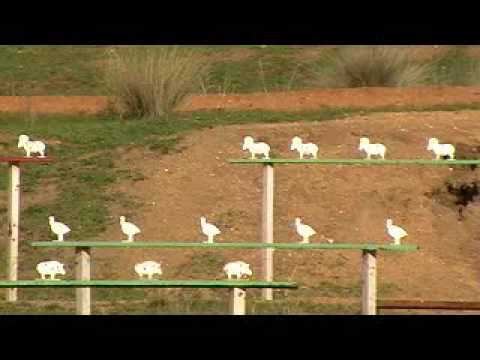
What the heck is Silhouette Shooting?
Silhouette shooting is a sport sanctioned by the National Rifle Association in the United States and the International Handgun Metallic Silhouette Association (IHMSA) worldwide (as well as a few other, smaller groups). At its most basic, competitors shoot at animal-shaped steel targets, generally from a standing position. We’ll describe the NRA rules here, but they’re very similar to the IHMSA rules. The number of targets and the distances they are set at differ based on the exact type of silhouette shooting that you do, but they will either be 10 or 15 targets at each of four distances. From closest to furthest, they will always be chickens, pigs, turkeys, and rams.
Sometimes, the Spanish names for the targets are used, in recognition of the Mexican roots of silhouette shooting, in which case they’ll be called Gallinas, Javelinas, Guajalotes, and Borregos.
Distances can be as close as 10 yards for air pistols shooting chicken targets to as far as 500 meters for ram targets for certain types of centerfire rifles. Targets can also be scaled so that they appear further away, if all of the distances for a match aren’t available.
The number of targets and the distances they are set at differ based on the exact type of silhouette shooting that you do, but they will either be 10 or 15 targets at each of four distances. From closest to furthest, they will always be chickens, pigs, turkeys, and rams.
Sometimes, the Spanish names for the targets are used, in recognition of the Mexican roots of silhouette shooting, in which case they’ll be called Gallinas, Javelinas, Guajalotes, and Borregos.
Distances can be as close as 10 yards for air pistols shooting chicken targets to as far as 500 meters for ram targets for certain types of centerfire rifles. Targets can also be scaled so that they appear further away, if all of the distances for a match aren’t available.
The Stuff of Silhouette
Pretty much any gun will do for silhouette. That’s right, you can shoot almost any single-projectile gun you have access to, whether pistol or rifle. What we might call “divisions” in other sports like USPSA are called “disciplines” in silhouette, and there are many of them:- Hunter’s Pistol, which include pistols that weigh up to five pounds with barrels up to 12 inches long using a range of pistol calibers, and with separate sub-disciplines for using metallic or iron sights and for using optical sights like scopes. Smallbore Hunter’s Pistol is the same, but is limited to .22 caliber rimfire cartridges.
- Long Range Pistol includes what those in other divisions might call “open” type guns with minimal restrictions in Unlimited Pistol and Unlimited Standing Pistol, and “production” type guns in Conventional Pistol and Conventional Revolver.
- Smallbore Pistol is just like Long Range Pistol, except that it is for .22 caliber rimfire cartridges.
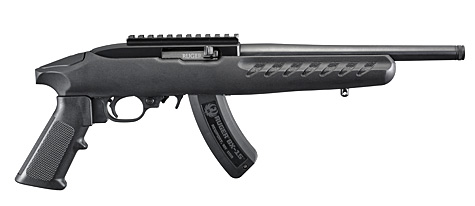
- Air Pistols are also welcome, and divide out those with optical sights into a separate discipline. There are also Air Rifle disciplines for all different levels of air rifles from basic factory guns to factory target-shooting rifles to highly customized competition air rifles.
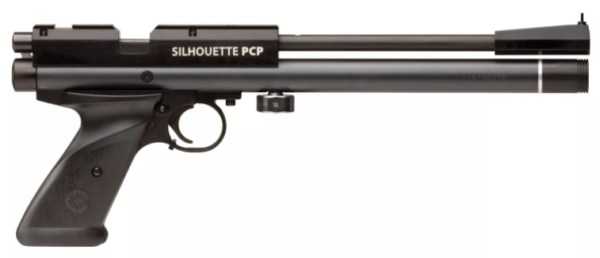
- High Power Silhouette Rifle, which includes rifles weighing up to about 10 pounds, in most calibers 6mm or larger, with scopes permitted. More limited versions of this discipline are known as High Power Hunting Silhouette Rifle and High Power Semi Automatic Military Rifle. Both of these have more specific rules about the types of features that are permitted on the gun.
- Smallbore Silhouette Rifle and Smallbore Hunting Silhouette Rifle are just like their High Power cousins, except that the guns must shoot .22 rimfire cartridges.

- Cowboy Lever Action Silhouette Rifle. Yup, your lever action SASS or hunting gun is also welcome in silhouette, in disciplines that are intended to not require special competition equipment. There are subdisciplines based on whether your lever action rifle shoots a rifle caliber, pistol caliber, or .22 rimfire caliber.
- Finally, Black Powder Cartridge Rifles are also recognized, in both scoped and unscoped disciplines.

The Sharps ’75 is specifically allowed in the Black Powder discipline, but many black powder rifles that are replicas of those originally made prior to 1896 can be used in silhouette.
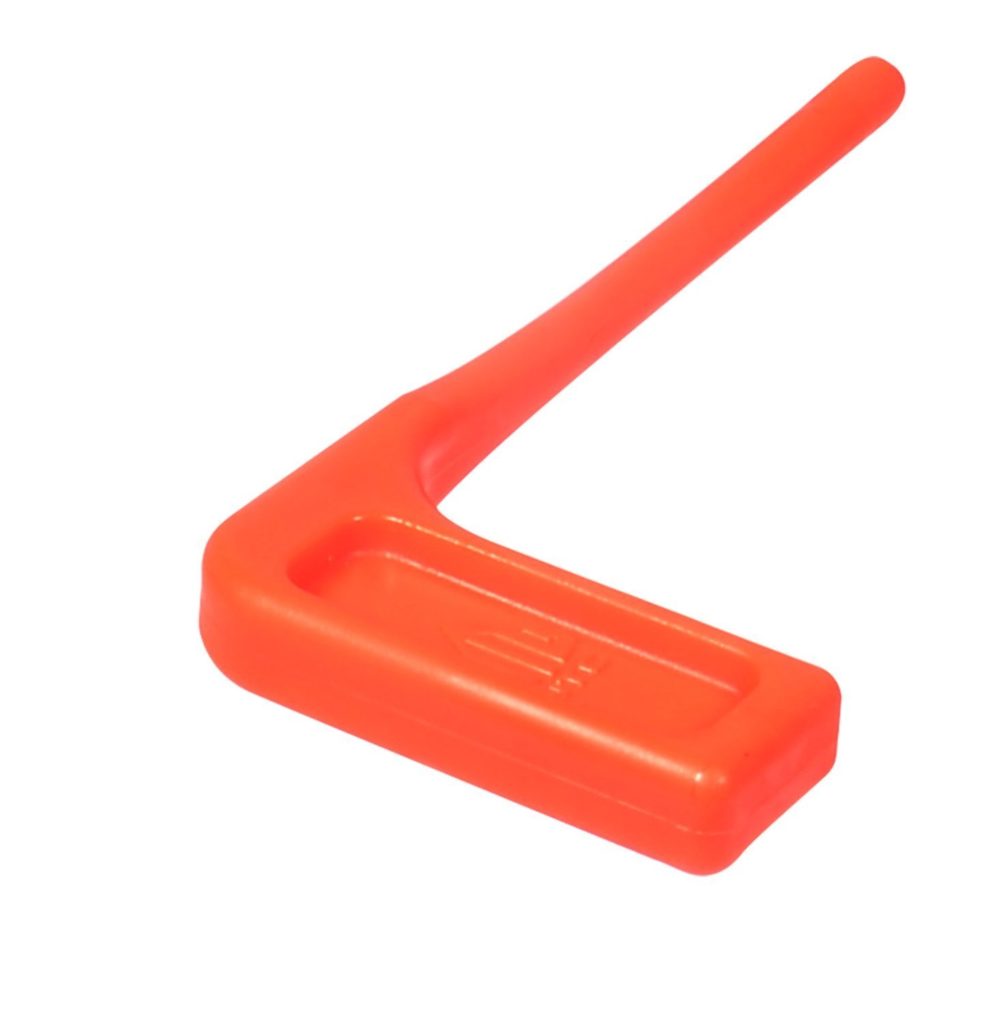

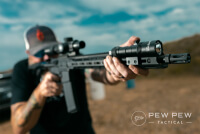


2 Leave a Reply
One game not mentioned is the .22 version of blackpowder.
Using exposed hammer guns, falling blocks, Sharps, etc.
Rules:
http://www.bpcr.net/site_docs-results_schedules/documents/Dave_Crossno_22_Rimfire_Silhouette_rules_etc.pdf
Thanks Jim!!